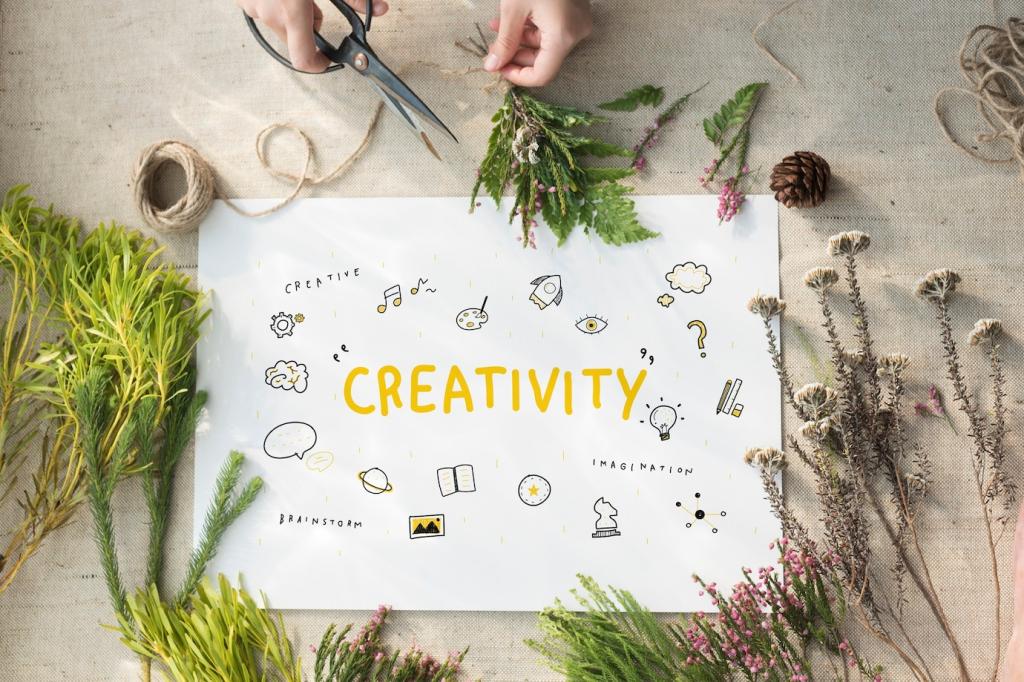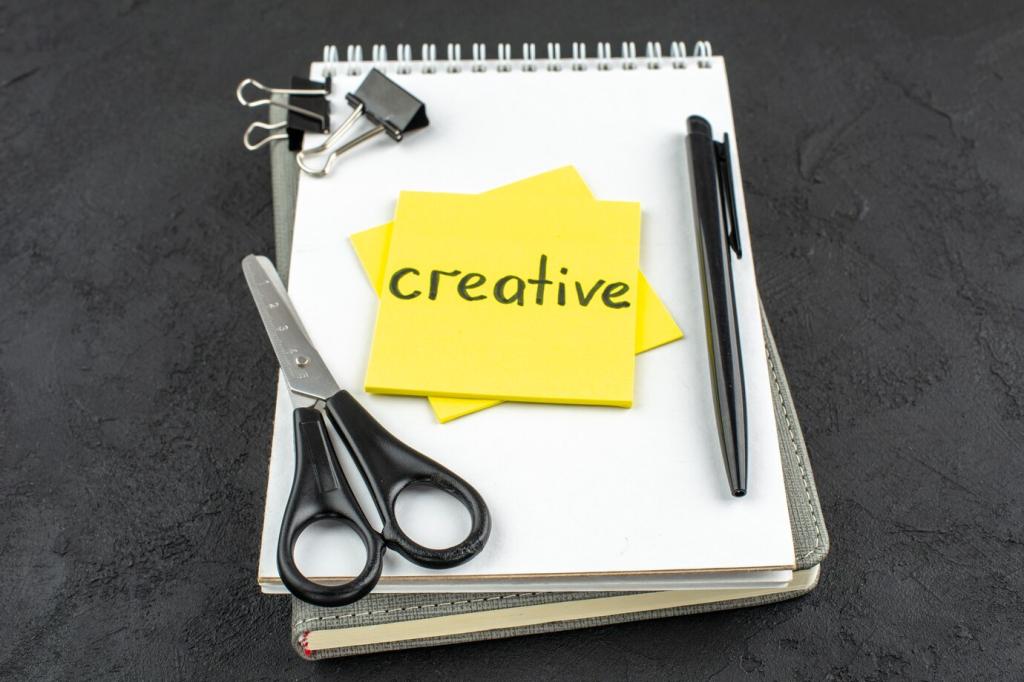Make Creative Decision‑Making a Daily Habit
Set a tiny daily quota, like five alternatives for a micro decision. Quality follows quantity when practiced consistently. The quota lowers pressure, reduces perfectionism, and keeps your option‑generation reflex warm for bigger calls.
Make Creative Decision‑Making a Daily Habit
Capture context, options considered, criteria, predicted outcomes, and what you actually chose. Revisit monthly to spot patterns. You will learn which prompts sharpen your judgment and which biases regularly nudge you off course.














